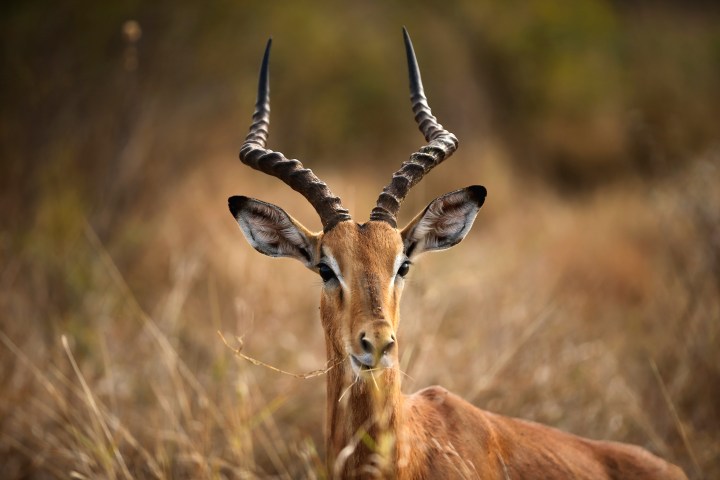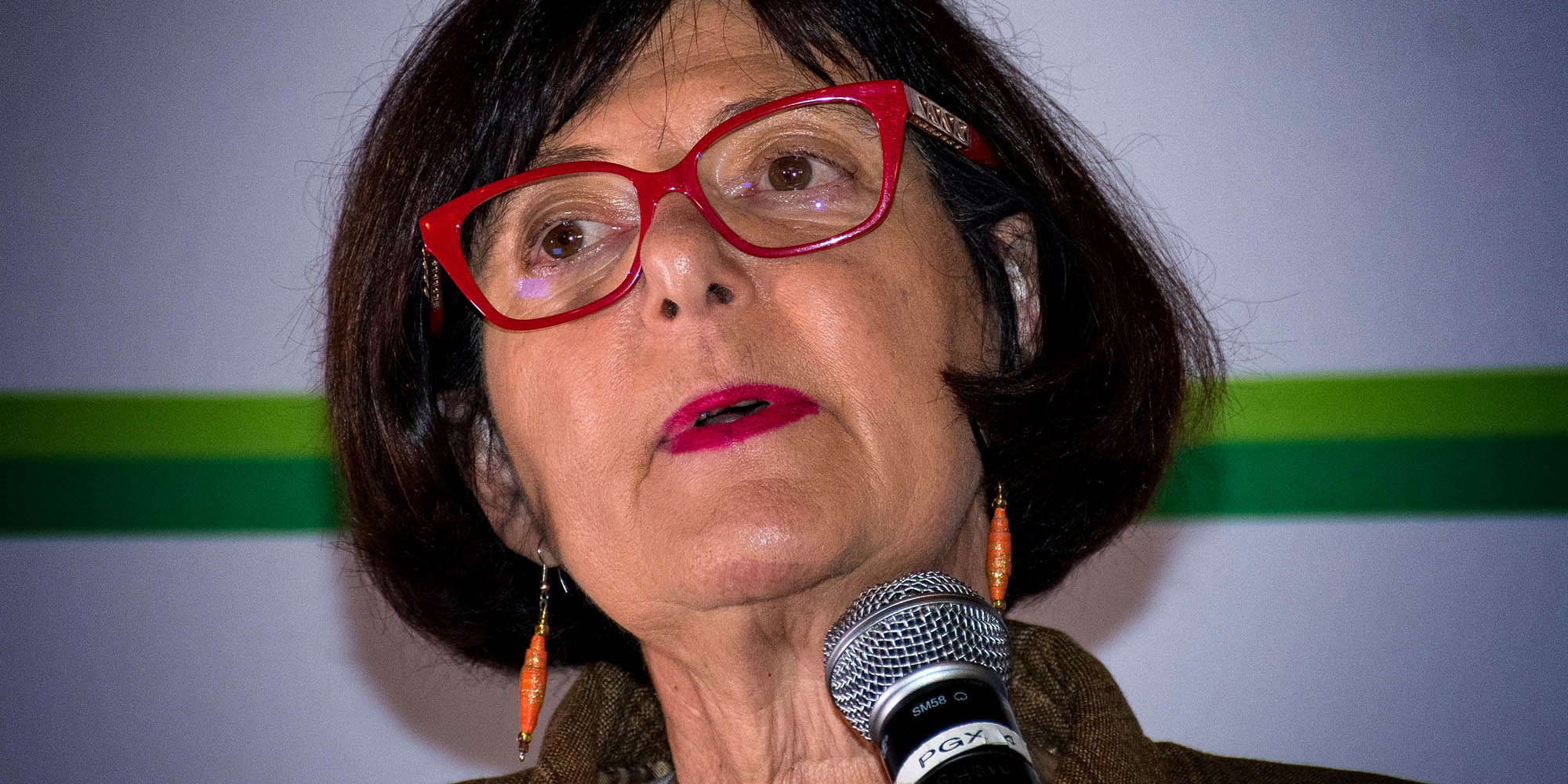COP15: BIODIVERSITY IN FOCUS
SA to ask for more money at upcoming global biodiversity talks, as at COP27, hints Creecy

Ahead of the United Nations Convention on Biological Diversity (COP15) to be held in Montreal next week, Environmental Minister Barabara Creecy emphasised that SA would need resources to implement the targets that parties will negotiate — targets critical to preventing a worsening biological crisis.
Minister of Environment, Forestry and Fisheries, Barbara Creecy, acknowledged that coming back from the United Nations climate change conference in Egypt (COP27), “we were very aware of the tensions between the major powers as a result of the war in Ukraine. And also, I think what we’ve seen is this growing trust deficit between developed and developing countries”.
Creecy was speaking at a national stakeholder engagement on Tuesday, ahead of next week’s international talks on biological diversity, COP15, and said that while this trust deficit won’t necessarily prevent an outcome for negotiations, it does mean that this meeting will be held under tense circumstances.
COP15 is the 15th Conference of the Parties to the United Nations Convention on Biological Diversity, which will be held in Montreal, Canada, from 7 to 19 December 2022.
Not to be confused with COP27, which recently concluded in Egypt, this conference deals with issues surrounding the conservation of marine and land biodiversity, sustainable development and the linkages between climate change impacts and biodiversity protection.
Despite South Africa having a critical role in these talks, being one of the 17 mega-biodiverse countries in the world, Creecy acknowledged that, in SA’s conservation sector, the country is not significantly transformed.
Mass extinction
“We are fully conscious that we are operating under a situation where there is significant biodiversity loss,” said Creecy, “and what we understand is that if we continue in the current way that the world is proceeding, we are going to see the mass extinction of species later in this century.”

Forestry, Fisheries and Environment Minister Barbara Creecy. (Photo: Julia Evans)
The reason this conference is so important is that parties will be looking to adopt the post-2020 Global Biodiversity Framework, which has been delayed and rescheduled as a result of the pandemic.
This framework includes ambitious and critical targets key to preventing a biodiversity crisis often described as the “sixth mass extinction”, such as the 30×30 target — which is the global target that aims to put 30% of the land and 30% of the sea under conservation by 2030.
Creecy said that the South African government supports the ambitious 30×30 target “because we understand that the best available science is telling us that unless we protect 30% of the land, of the sea, of inland water sources and coastal areas, we will not be able to maintain the rich biodiversity on the planet”.
However, they will be seeking a “balanced outcome”, explaining that there need to be resources to support the implementation, “including financial resources, capacity building and technological development and transfer”.
Creecy said that, domestically, the government has the aim of increasing the conservation of land and sea by half a percent a year, achieving the 30×30 target by 2038.
“Obviously, if we have more financial support, then we could achieve their target earlier,” said Creecy, explaining that currently, about 16% of South African land and about 14.5% of its territorial waters had some form of protection.
The link between climate change and biodiversity
While separate from COP27, a key focus of this conference for many governments and scientists globally is the links between climate change and biodiversity.
“Scientists have told us in no uncertain terms… that climate change and biodiversity loss are intrinsically connected and that’s why we are looking at the [COP15] framework as, basically, a Paris moment for biodiversity,” said Elizabeth Maruma Mrema, executive secretary of the convention on biological diversity, at a media briefing earlier this month.
She was referring to the pivotal Paris Agreement, an international treaty that was agreed upon at COP21, with the goal of limiting global warming to 1.5°C above pre-industrial levels, of which SA is a signatory.
Creecy said the DFFE understands the link between biodiversity loss and the impacts of climate change, and thus looks to focus on how solutions for biodiversity conservation can be linked to adaptation and mitigation efforts of climate change at this conference.
“What we’re saying is that both our ability to adapt and manage climate change, as well as our ability to sustain biodiversity and to promote conservation, goes to the centre of whether or not the world is going to be an unliveable place for human beings,” said Creecy, explaining that ecosystem conservation can help with adaptation and mitigation of climate change.
Financing
Creecy said that, as with COP27, the SA government was putting forward the argument that the scale of resources needed for both biodiversity conservation and dealing with climate change requires “a fundamental transformation and modernisation of the global financial architecture, and also reform of the multilateral banks so that they are fit for purpose to deal with this task”.
The DFFE’s position at these talks, as approved by Cabinet, will emphasise the need for closing the financial gap of up to $700-billion per annum by 2030.
Creecy emphasised that the targets in the Global Biodiversity Framework be viable only if there were resources to make the implementation possible.
“What we don’t want to see is a situation where we have an on-paper agreement, but this on-paper agreement doesn’t actually have an expression in reality,” said Creecy.
“And this means that we think there should be a global biodiversity fund that should be established.”
Additionally, the DFFE’s position is focused not just on ensuring financing for new targets, but making sure financing is available to support existing conservation efforts.
Creecy said the pandemic affected international tourism, which was a major revenue stream for conservation, so they were struggling to find the revenue for existing conservation estates. DM/OBP





















 Become an Insider
Become an Insider
A key reason that the “conservation sector is not transformed” is that Government hasnt prioritised it, believed in its promise, or provided the resources and support that have gone to other sectors (Agric, Industrial Development, Motor Industry Dev Plan etc). If we had been shrewd and planned an indigenisation strategy 2 decades ago, and given conservation, Game industry and Eco-tourism the profile and fiscal support required, we would not have “an untransformed sector”. Instead of knocking the private sector, recognise its vast contribution, especially where the state has demonstrably failed, and join hands